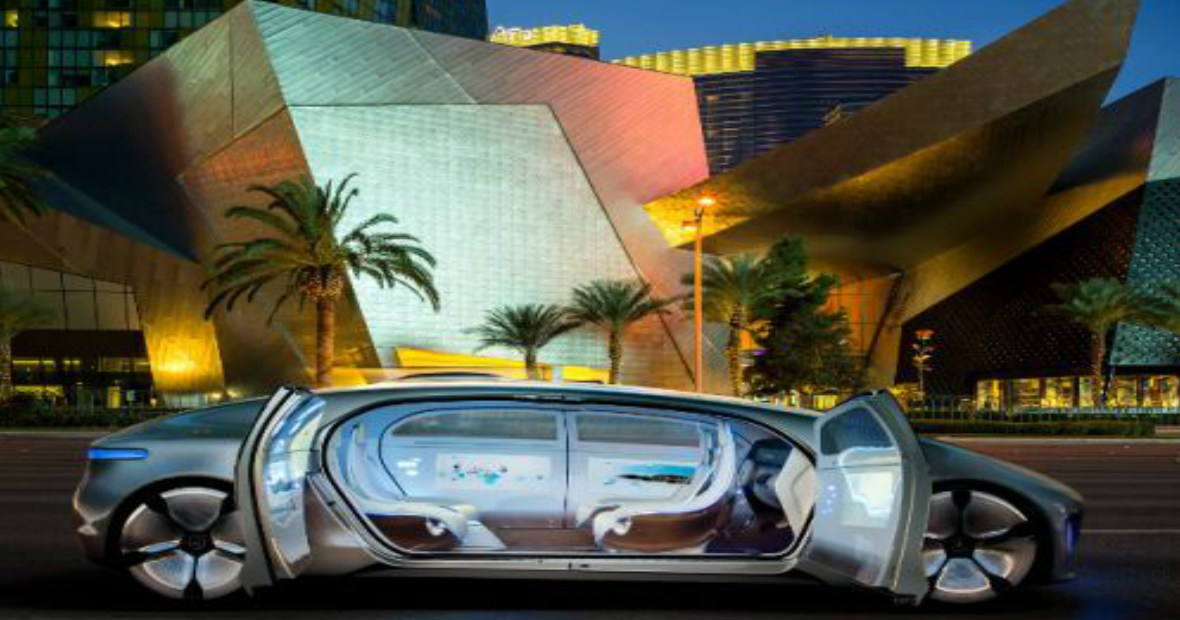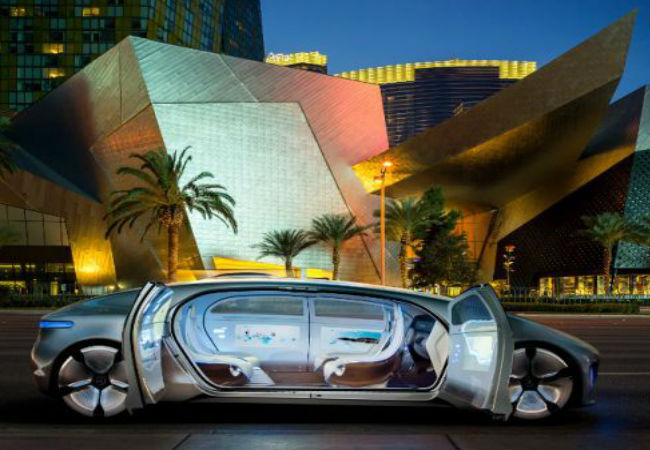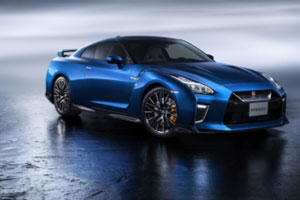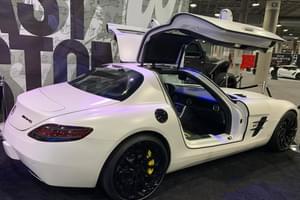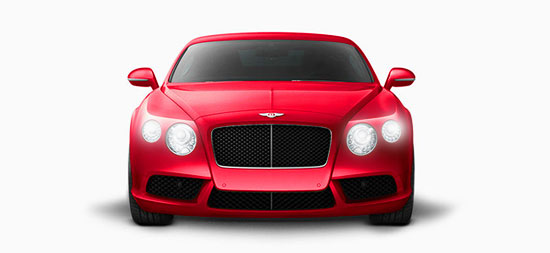Fancy a Ride With… No-one?
Care to be the passenger of a driverless car? You may well get the opportunity, and sooner than you think. A recent study by Business Insider (BI) Intelligence found that within only 5 years, there will be an expected 10 million self-driving cars ferrying millions more people from one destination to the next.
The newly released report by BI Intelligence analysed the development and production of the self-driving car industry. In particular, the current state of the self-driving car and in depth forecast as to how the industry will progress over the next five years. The report takes into consideration the economic impact of self-driving cars and the factors that are currently preventing them from entering the market.
Driverless cars are no longer in the realm of just a futuristic concept. Leading marques such as Tesla, Mercedes and BMW are already well and truly into their own respective research and development plans towards achieving the driverless car. Models have recently been released by Tesla in the form of the Model S P85D and another soon to be released by BMW in conjunction (rumour has it) with Apple. While Google has announced that it would be testing a prototype in the coming weeks on the roads of California.
The technology, in many ways, is not as radical as it sounds. When you consider that a driverless car is “any vehicle with features that allow it to accelerate, brake or steer a car’s direction with limited or no driver interaction”, there are already cars on the road doing this to some degree, such as the BMW M-series and in the Mercedes AMG series.
While the technology is largely there, the report found that barriers due to regulatory and insurance policies, will see user-operated fully autonomous cars come to market within the next five years, rather than driverless cars. However, benefits to be gained include enhanced safety of roads and improved quality of life. A KPMG study anticipates a reduction of 2,500 road deaths between 2014 and 2030. Now that’s certainly something worth driving towards.
Recommended
Get regular updatesSubscribe Now
